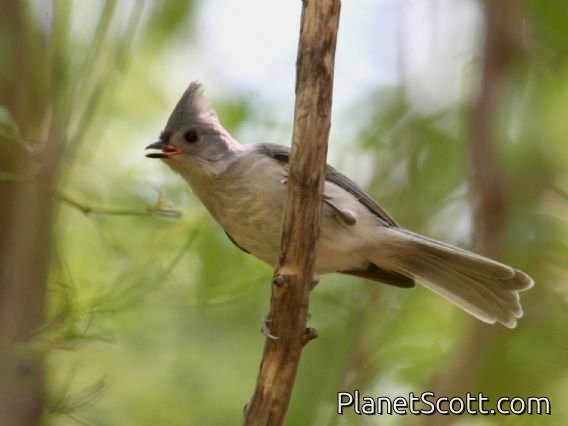Tufted Titmouse (Baeolophus bicolor)

Tufted Titmouse (Parus bicolor)
×


Tufted Titmouse (Parus bicolor)
About Tufted Titmouse (Baeolophus bicolor)
- Kingdom: Animals
- Phylum: Chordates
- Class: Birds
- Order: Perching Birds
- Family: Chickadees and Titmice
The tufted titmouse is a small songbird native to eastern North America. The species belongs to the tit and chickadee family (Paridae). The black-crested titmouse, found from central and southern Texas southward, was included as a subspecies but now is considered a separate species, Baeolophus atricristatus.
Source: Wikipedia
Trips
Visits
-
2001-11-30
Valley Forge National Historic Park, United States of America -
-
2011-07-10
Santa Fe River, United States of America -
2011-07-11
Ocala National Forest, United States of America -
2013-04-17
Matagorda County Birding Nature Center, United States of America -
2013-04-17
Brazoria, United States of America -


